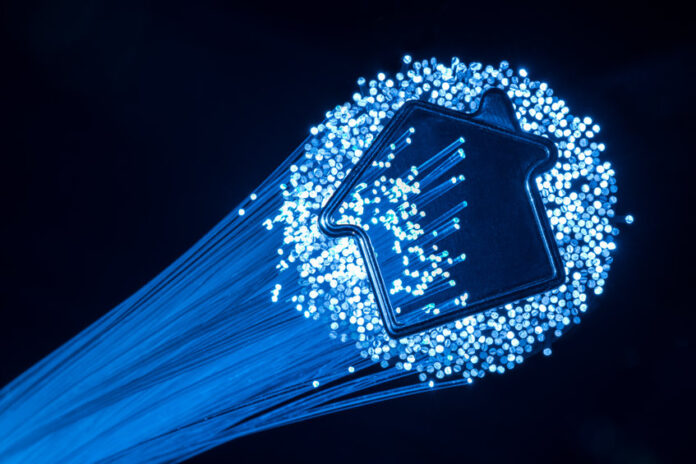Initial roll-outs are already underway in Colorado, Georgia and Florida
Comcast has announced that it is in the midst of a major network upgrade that includes plans to offer multi-gigabit symmetrical speeds and Wi-Fi 6 to customers starting next year. The network and in-home Wi-Fi service upgrades could make the cable provider’s wireline services more attractive as an anchor for a bundle of services which is increasingly include wireless.
The cable provider said that it is “finalizing” its transition to a virtualized, cloud-based network architecture and at the same time implementing a network architectural update that will boost its upload and download capacity. It said it is also “completing the core technical foundation for 10G” (not to be confused with wireless “Gs”) that is says “will deliver multi-gig symmetrical speeds over the connections already installed in tens of millions of homes and businesses.” Comcast says that it will start offering 10G-enabled multi-gig symmetrical services in 2023.
Meanwhile, the network provider says that it has already begun offering download speeds of up to 2 gigs and upload speeds that are 5 to 10 times faster, with initial roll-outs underway in Colorado Springs, CO; Augusta, GA; and Panama City Beach, FL. The cable company plans to launch more markets “at a regular cadence through the end of the year” and have the faster service available in 34 cities and towns before the end of this year. That will expand to more than 50 million homes and businesses by the end of 2025 and eventually expand to Comcast’s entire network, according to a company release.
Comcast is crediting its shift toward digitalization and network virtualization technologies as the enabler for faster rollouts that it says can be achieved “almost instantly” and with better energy efficiency. “Rather than maintaining, updating, and replacing traditional analog network appliances by hand – which can take days or even weeks – Comcast engineers can reliably maintain, troubleshoot, and upgrade core network components almost instantly, with a few keystrokes on a laptop or mobile app,” the company said in a release, adding that “changes can be made with far less disruption to customers than other technologies.”
“We’re making our network even smarter and faster, which allows us to quickly deliver true multi-gig Wi-Fi to tens of millions of businesses and residential consumers at an unprecedented pace,” said Charlie Herrin, president of technology, product and experience at Comcast Cable.
On the company’s most recent quarterly call in late July, Chairman and CEO Brian Roberts noted that while Comcast had added nearly 800,000 in the previous 12 months, the pace has slowed recently and subscriber additions were flat in the second quarter of this year.
He attributed that to three factors: A “dramatic slowdown” in people moving around within Comcast’s footprint that impacted gross customer additions; the reversal of pandemic-driven demand for wired broadband, with more low-income customers going back to wireless substitution for connectivity; and increased competition, both from fiber providers and from fixed wireless access services.
He said that Comcast was responding to those pressures by “working hard to expand our footprint, taking advantage of growth in housing and businesses in our current markets, accelerating edge outs into new areas, and we are playing offense when it comes to government subsidies.”
The network and in-home Wi-Fi service upgrades could make the cable provider’s wireline services more attractive as an anchor for a bundle of services which is increasingly including wireless. Comcast added 317,000 wireless customers in the most recent quarter and Roberts said that it has “barely scratched the surface of the opportunity” within its customer base, because only 8% of its residential broadband customers also using its wireless service, which operates via an MNVO agreement with Verizon.
Even as Comcast makes a big bet on its network’s future, however, the company is looking to cut costs in other areas of its business—reportedly, its traditional TV networks. According to a recent Bloomberg story, the company is seeking to cut as much as $1 billion from the budget of its cable and broadcast TV operations at NBCUniversal, as it seeks to put money into other areas such as its Peacock streaming service.

